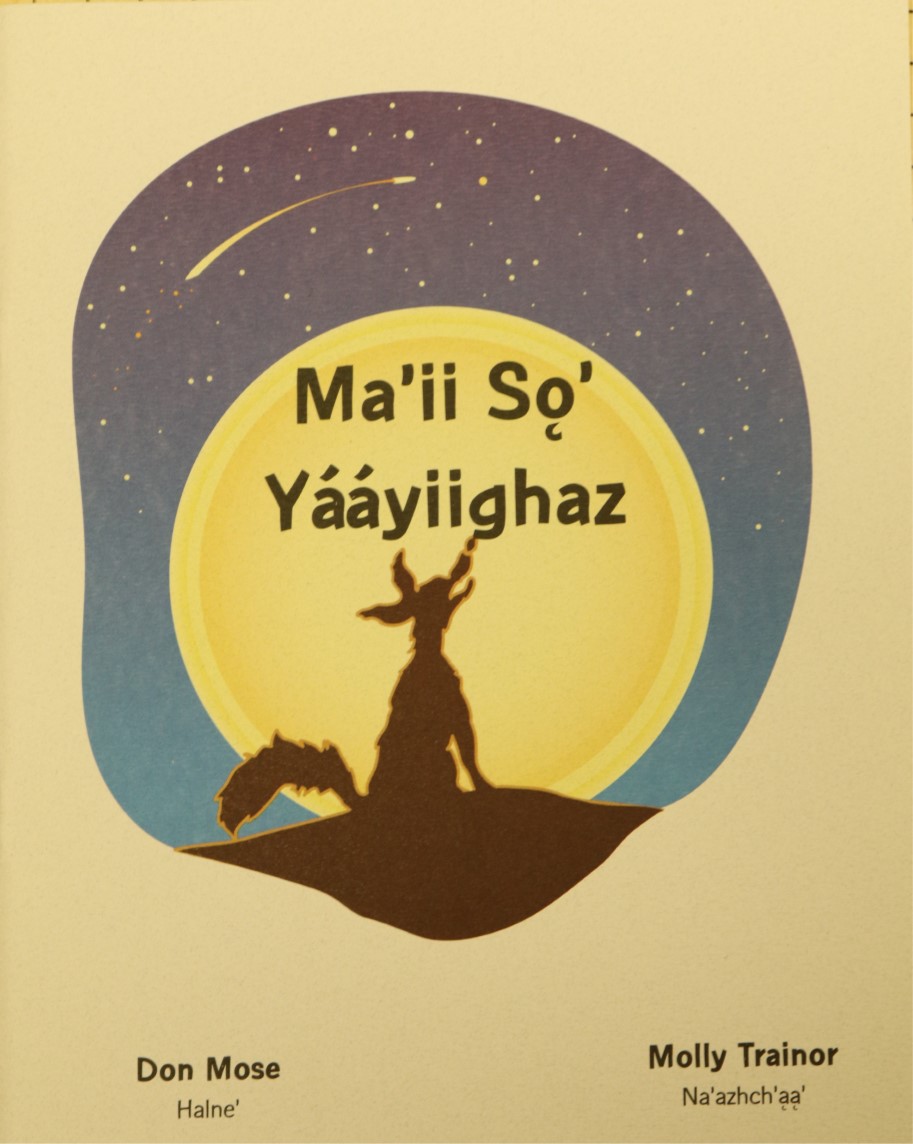
Coyote Stories & Folk Tales from the San Juan County School District
A guest post by Archives and Records Service volunteer Melissa Rupp.
I began volunteering at the Utah State Archives and Records Service (Archives) in January 2013. In August of 2016, I heard about the Native language learning aids series that had just been brought into the Archives from the San Juan County School District. I wanted to help preserve the important and interesting work found in the Heritage Language Resource Center records.
The Heritage Language Resource Center was created by the San Juan County School District over 40 years ago to provide Diné (Navajo) language materials for the students of San Juan County. Currently, the Heritage Language Resource Center continues to offer its services to San Juan County and the surrounding Four Corners area.[1]. The Center has created records in a wide range of formats, such as slides, reel-to-reel audio, film, cassette tapes, CDs, DVDs, books, posters and charts, games, and flashcards. The bulk of the records consist of language learning materials for the Diné (Record Series 28789). The related Tribal folk tales (Record Series 29588) provide a sampling of stories told in color illustrated booklets from different tribes, including Goshute, Navajo, Northwestern Band of Shoshone, Paiute, Uintah/Ouray Ute, Ute Mountain Ute, and White Mesa Ute.
Much of what a person would need to learn about Diné language and culture can be found in these records. I grouped the records by format first so I could show how the materials transferred between the different media. There are lessons that span the history of the records from the beginning reel-to-reel audio and slideshows to cassette tapes to CDs and DVDs. However, these learning materials are not just lectures. They include games and storytelling such as Bingo and flashcards to be used for vocabulary building. The picture books also contain rich artwork and stories celebrating Diné culture in the Diné language and in English.
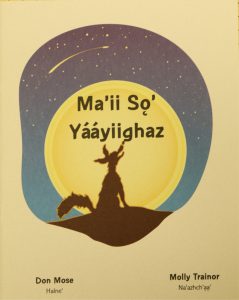
Ma’ii so’ yaayiighaz, (Coyote Tosses the Stars), Box 20, Coyote Picture Books, Utah State Archives and Records Service, Series 28789.
One of the highlights of the Diné materials is the story of, Ma’ii so’ yaayiighaz (Coyote Tosses the Stars), told on DVD and in a picture book with constellation chart posters. It tells the story of Coyote (The One Who Cries Out in the Morning) and how he placed the stars. In the story, the Holy People were trying to decide how to arrange the stars but Coyote became impatient. Coyote told them he would help and tossed the stars into the sky. He named many of the constellations and claimed the star Polaris (the North star) as his. The story details the Diné version of constellations and how they are important to the people. This animated movie and its companion book are in the Navajo language with English subtitles. They provide a glimpse into the cultural heritage of the Navajo through the humorous antics of the trickster, Coyote.
Coyote is an important figure in the traditional Navajo stories that have been passed down orally from generation to generation for thousands of years. Coyote makes numerous appearances throughout the Diné records that were transferred to the Archive in both the Diné and the Folklore series from different Native tribes. According to Donald L. Fixico, “Coyote stories are quite popular among many Native communities. In fact, at least three dozen Indian nations have Coyote stories, while a good many other groups have their own cultural hero who is similar to Coyote.”[2].
It is of note that Coyote stories are meant only for the winter season of October through February [3]. Because of this tradition those who explore these stories are encouraged to do so only when frost is on the ground. The Navajo have been using oral storytelling to pass down traditions and teach lessons and values for hundreds of years. Wintertime is the traditional time for storytelling. Shoe and string games (also included in these records) are also considered winter activities.
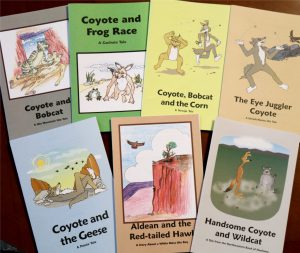
A selection from the Tribal folk tale booklets, Utah State Archives and Records Service, Series 29588
The Tribal folk tales records also document the storytelling traditions of other Native peoples of Utah. The booklets include Coyote stories from other tribes as well as themes specific to each tribe. These records help to educate and celebrate the heritage of these tribes. The booklets as a whole create a fascinating look into the similarities and differences of Native folk stories in Utah.
These records provide a distinct look into the rich languages and cultures of the Navajo and other Native peoples of Utah. Through these materials, the researcher can be a part of keeping the heritage and traditions alive. I was humbled by my experience with these records. They gave me a chance to broaden my understanding of the Native American tribes and taught me more about what it is to be a modern Native Utahn. I learned that preserving these materials is not just about keeping them for future generations but also for our use and understanding today.
Footnotes
[1] Heritage Language Resource Center San Juan School District, “Yá’át’ééh ́, We are the San Juan School District Heritage Resource Center, Providing Navajo and Ute Language Materials,” Accessed 11/29/2017, https://media.sjsd.org/pages/contact-us. [2] Donald L.Fixico, “American Indian History and Writing from Home: Constructing an Indian Perspective,” American Indian Quarterly 33, no. 4 (2009): 553-60. [3] Heritage Language Resource Center San Juan School District “Coyote Stories,” Accessed 12/5/2017, https://media.sjsd.org/collections/coyote-stories.Sources
Fixico, Donald L. “American Indian History and Writing from Home: Constructing an Indian Perspective.” American Indian Quarterly 33, no. 4 (2009): 553-60.
Heritage Language Resource Center San Juan County School District. “Coyote Stories.” Accessed 12/5/2017, https://media.sjsd.org/collections/coyote-stories.
Heritage Language Resource Center, San Juan County School District.“Yá’át’ééh ́, We are the San Juan School District Heritage Resource Center, Providing Navajo and Ute Language Materials.” Accessed 11/29/2017. Retrieved from https://media.sjsd.org/pages/contact-us.
San Juan County School District. Diné language and culture learning aids. Utah State Archives and Records Service, Series 28789.
San Juan County School District. Tribal folk tale booklets. Utah State Archives and Records Service, Series 29588.
Melissa Rupp is a volunteer at the Utah Division of State Archives and Records Service and the Salt Lake County Archives. She received her BA in English from the University of Utah and MLIS from San Jose State University. Melissa is a Provisionally Certified Archivist, a member of the Society of American Archivists, and Phi Kappa Phi. She hopes to one day work full-time in archives. During her time with the Archives, she has completed several projects including the Native language learning aids series.
Recent Posts
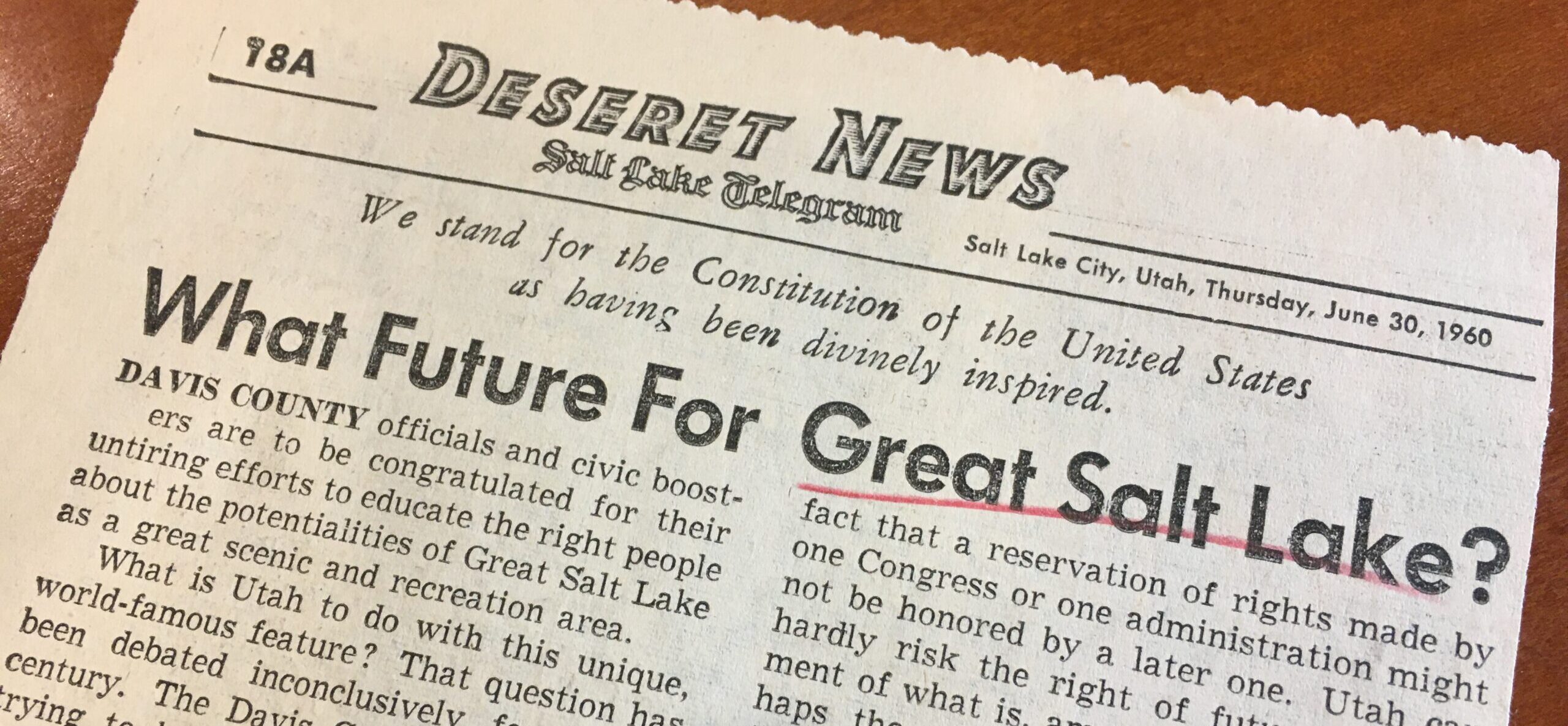
New Finding Aids at the Archives: April 2024

ARO Spotlight: Debbie Berry from the Division of Water Rights
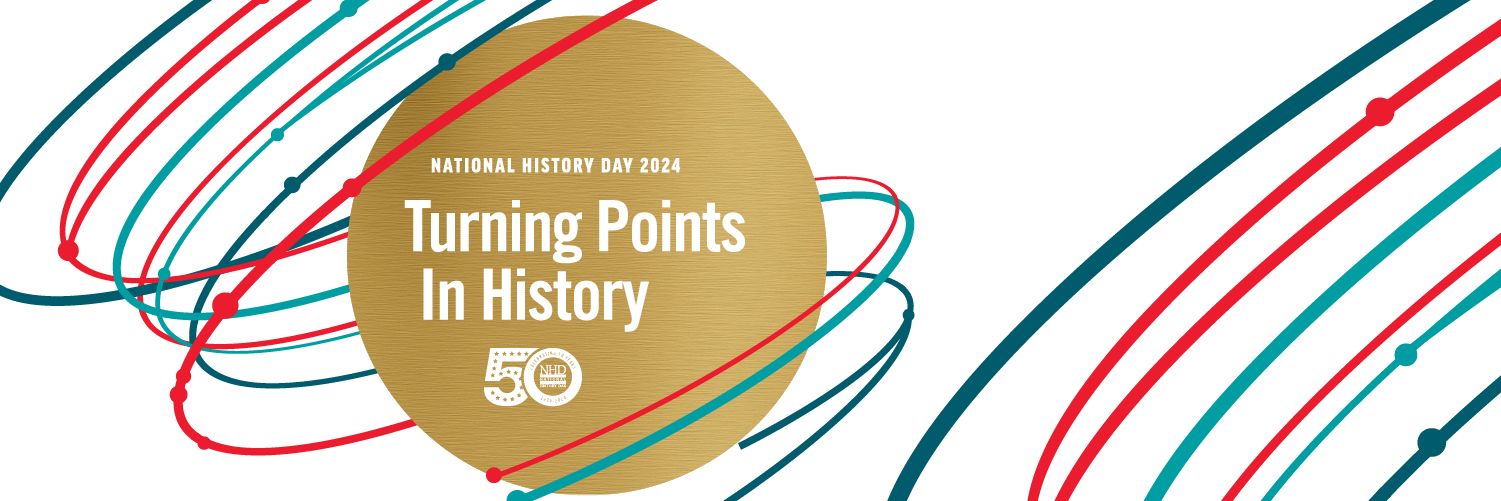
Utah History Day 2024: Archival Research Winners
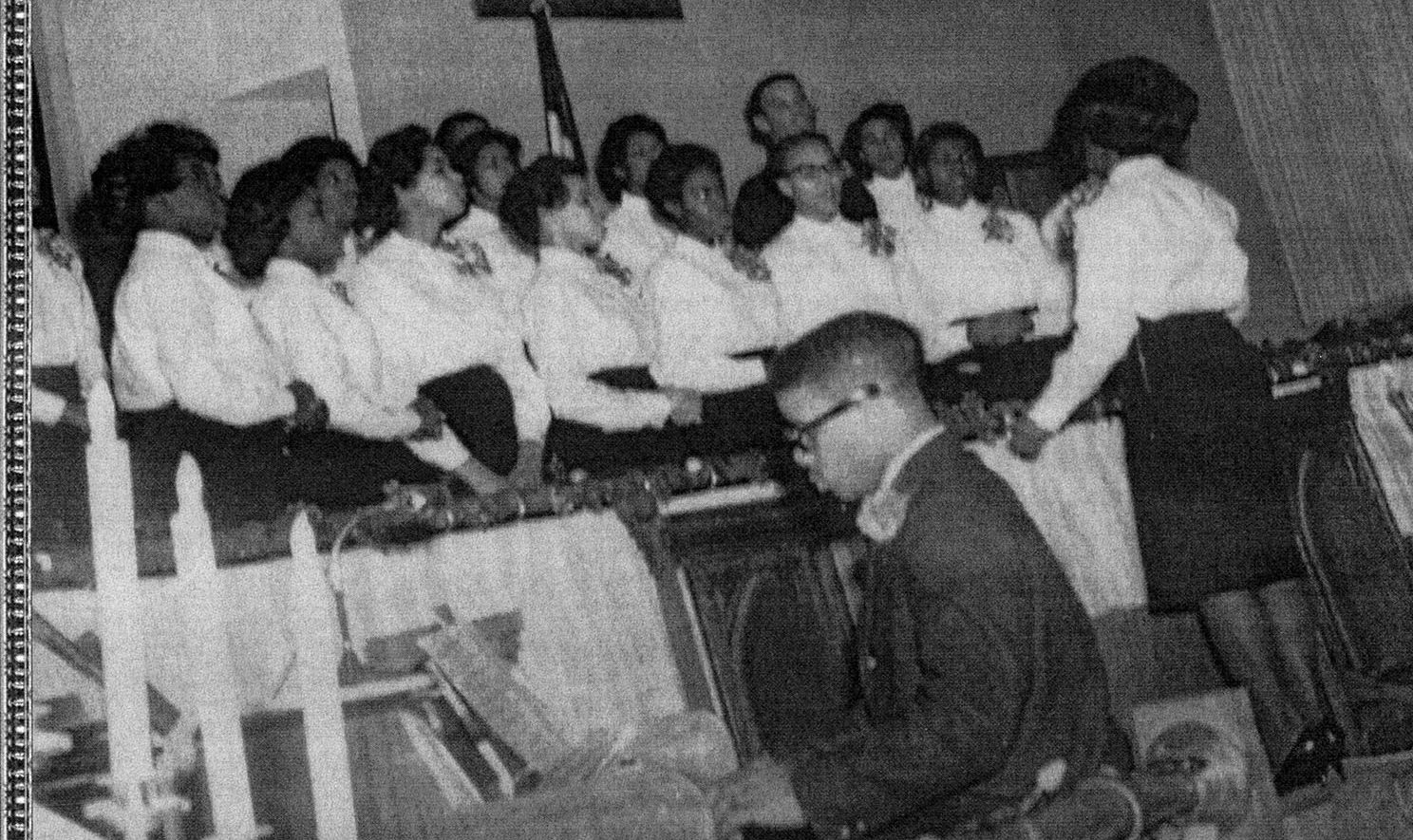
From Pews to Pixels: Weber State’s Stewart Library Digitizes New Zion Baptist Church’s Legacy
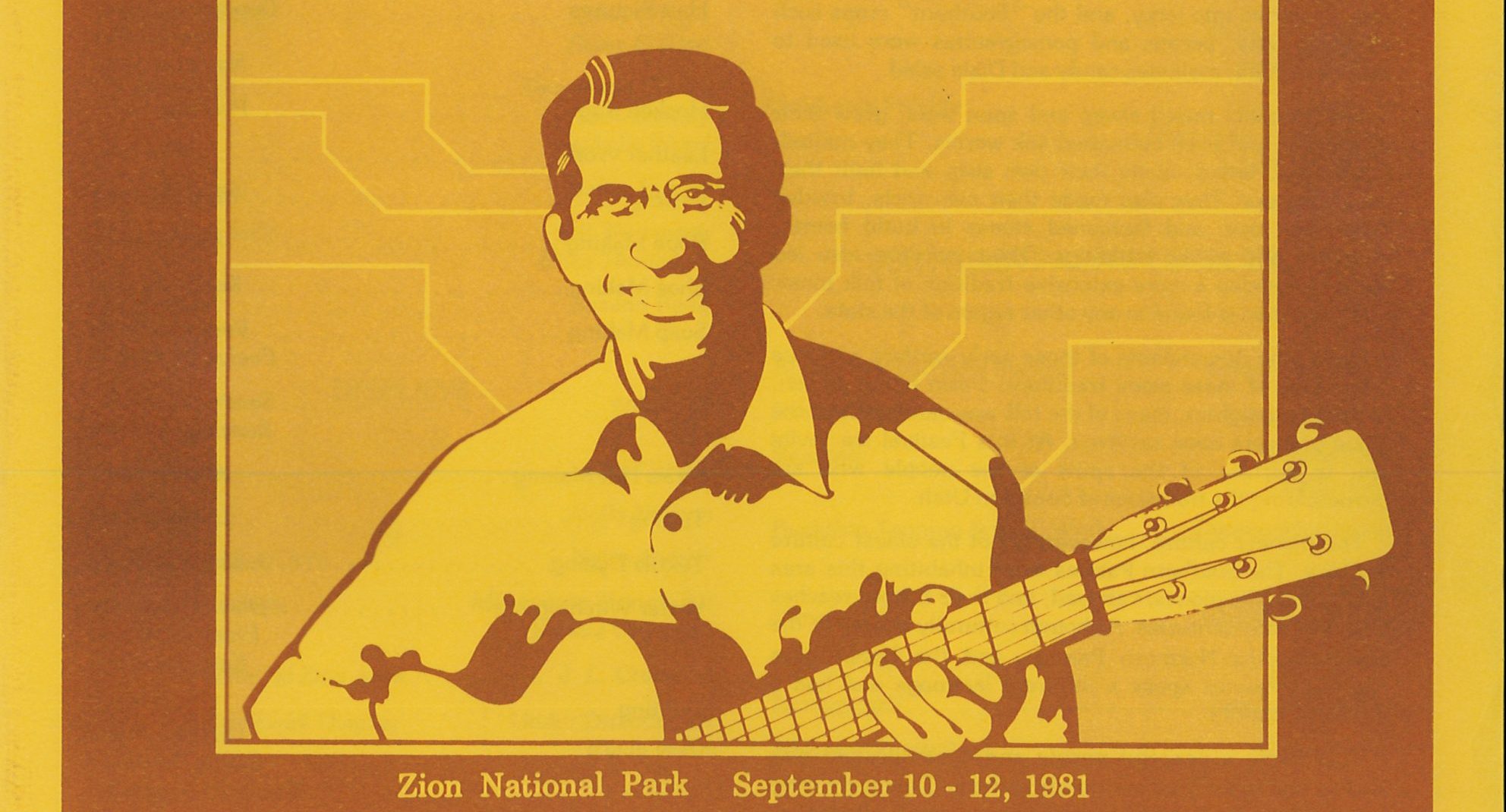
New Finding Aids at the Archives: March 2024
Authors
Categories
- Digital Archives/
- Electronic Records/
- Finding Aids/
- General Retention Schedules/
- GRAMA/
- Guidelines/
- History/
- Legislative Updates/
- News and Events/
- Open Government/
- Records Access/
- Records Management/
- Records Officer Spotlights/
- Research/
- Research Guides/
- State Records Committee/
- Training/
- Uncategorized/
- Utah State Historical Records Advisory Board/